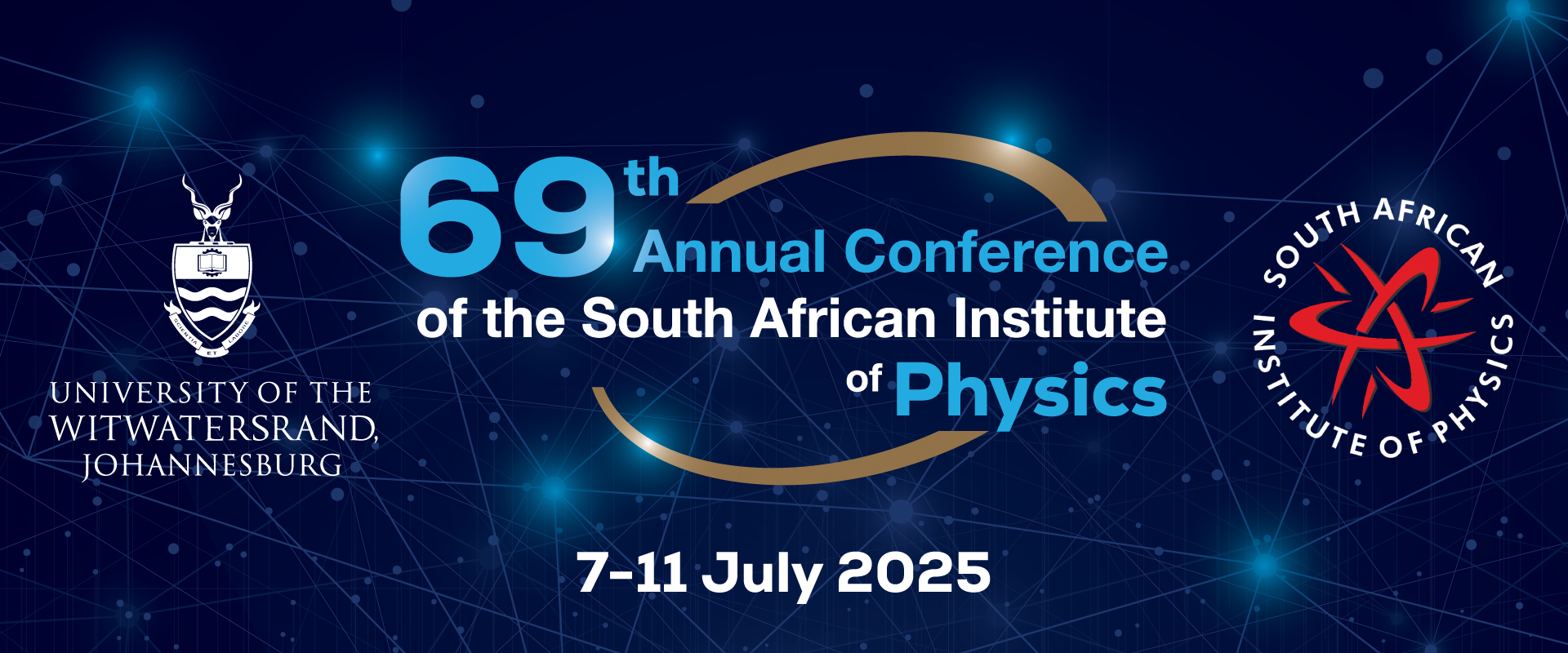Speaker
Description
Modern radio interferometers, with their exceptional sensitivity and angular resolution, are uniquely suited to detect the faint signatures predicted from Weakly Interacting Massive Particles (WIMPs). Among the most powerful instruments in the southern hemisphere is MeerKAT, a precursor to the Square Kilometre Array (SKA), which provides unparalleled capabilities for exploring dark matter through radio observations.
In this study, we analyze data from the MeerKAT Galaxy Cluster Legacy Survey to examine galaxy clusters as prime targets for WIMP detection. By combining state-of-the-art dark matter modeling with advanced radio astronomy techniques, we probe the WIMP parameter space and derive competitive upper limits on the annihilation cross-section across more than three orders of magnitude. These results mark a substantial improvement in the field, offering new perspectives on dark matter searches in galaxy clusters.
We present our results for the Centaurus cluster, a nearby, massive, and relaxed cool-core system with a prominent brightest cluster galaxy (BCG). Additionally, we discuss the challenges of comparing theoretical WIMP-induced radio emissions with observed cluster fluxes, emphasizing the critical distinction between methodologies that utilize processed images and those that require raw visibility data. This consideration will grow increasingly important as next-generation facilities like the SKA generate vast data volumes, necessitating more efficient computational strategies for analysis and interpretation.
| Consent on use of personal information: Abstract Submission | Yes, I ACCEPT |
|---|

